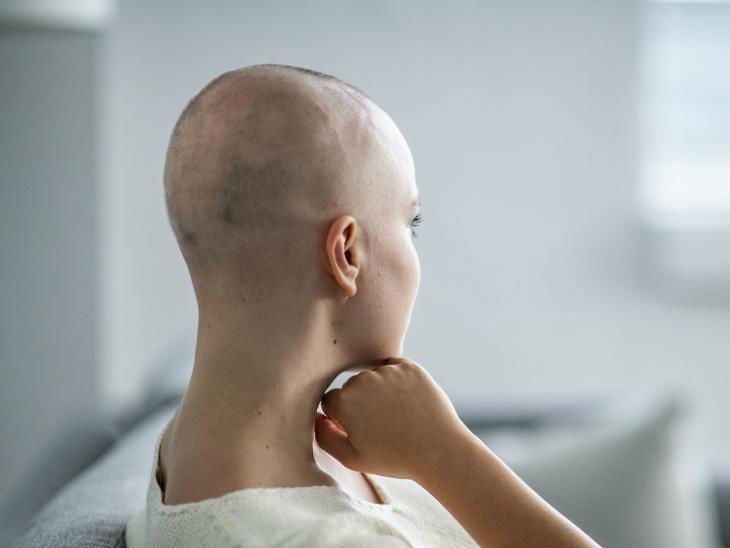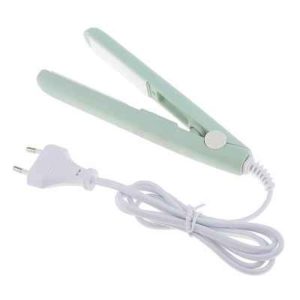
Every strand of hair on your head has a lifespan of somewhere between two and five years. Hair follicles have a cycle of active growth, transition, and rest. There are circumstances and lifestyle factors that can bring more of your hair into the rest cycle, during which it falls out. This is called telogen effluvium.
Telogen effluvium can be a symptom of stress, or it can happen after pregnancy, as a side effect of medication, or as a result of an underlying health condition. If you’re experiencing hair loss that leads to bald spots, patchiness, or large clumps of hair coming out, you should see your primary care physician or a dermatologist for a diagnosis.
Whether the hair loss you have is a result of a chronic or short-term health condition, there are things that you can do to protect the hair that you do have.

How to prevent hair loss
You can follow a few hair hygiene tips to make your hair less likely to fall out.
1. Avoid hairstyles that pull on the hair

Hair is flexible, but research shows that your hair can only be stretched so much before becoming permanently damaged. Hairstyles like cornrows, tight braids, and ponytails can pull your hair away from your scalp and loosen the bond between your hair and scalp over time.
2. Avoid high-heat hair styling tools

Using heat to style your hair leaves your hair follicle dehydrated and vulnerable to damage. Hair dryers, hair straighteners, and curling irons can all damage your hair over time.
3. Don’t chemically treat or bleach your hair

Hair treatment chemicals cause sudden and irrevocable damage to hair follicles. If you’re concerned about hair loss, limit your use of dyes, highlights, peroxide treatments, and perms.
4. Use a shampoo that’s mild and suited for your hair

The purpose of shampoo is to cleanse your hair of dirt and excess oil. But many commercial shampoos contain harsh ingredients. After just one use, they can strip your hair of the natural oil and fatty acids that make it strong and supple. Read the ingredients of your shampoo and purchase one that’s as close to all-natural as possible. Try switching up products if you’ve been losing excess hair.
5. Use a soft brush made from natural fibers

Using a soft brush with fibers that are natural will promote healthy sebum (oil) levels on your hair. The keratin proteins in your hair are stacked like shingles on a roof, so brushing them gently in one direction, starting at the top and continuing through to the ends, will help smooth and condition your hair cuticle on a molecular level. Brushing hair daily can also help you avoid seeing hair clumps in your shower drain.
Try low-level light therapy
Low-level light therapy promotes cell growth and repair. It’s been shown to promote hair growth in people with alopecia. This therapy can be prescribed by your doctor.
How to prevent hair loss in women
Hair loss in women is typically caused by genetic female pattern hair loss, androgenetic alopecia, thyroid disease, aging, or other hormonal conditions. About one-third of women will experience hair loss in their lifetime. If you are losing your hair, your doctor may recommend some of the following hair loss products.
- Rogaine (minoxidil)
- Aldactone (spironolactone) or other anti-androgen medications
- oral contraceptives
- iron supplements, especially if your hair loss is connected to anemia or heavy menstrual cycles
Women who have reached menopause may also consider hormone replacement therapy (HRT)as a way to treat their hair loss and other symptoms.
